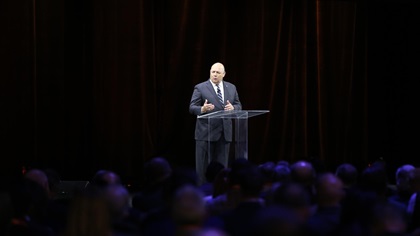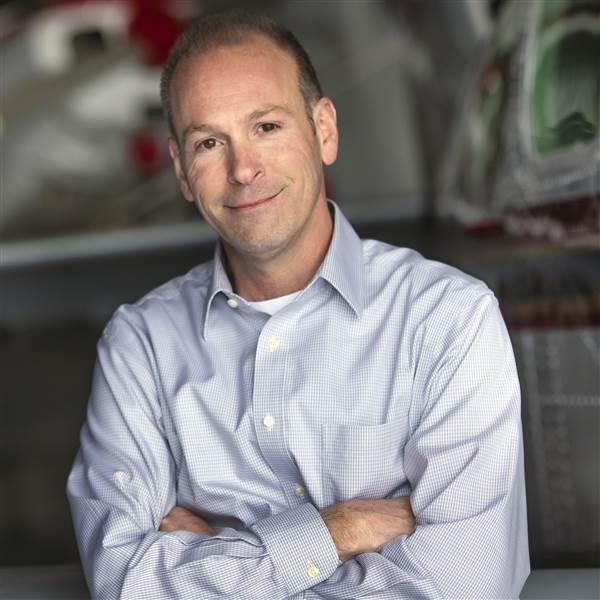Business aviation’s opportunities, challenges highlighted
FAA Administrator Steve Dickson delivered a keynote address October 12 touching on certification of advanced air mobility (AAM) aircraft and reducing the carbon impact of business aviation, two of the themes at the National Business Aviation Association Business Aviation Convention and Exhibition in Las Vegas.
“You’ve heard a lot about innovation in the exhibit halls,” said Dickson. “It’s wonderful and it’s tremendously exciting. I think that this really is the most exciting time in aviation and aerospace probably since the development of the jet engine. But when I put on my FAA hat, it can raise your blood pressure a little bit because there is a certain tension between rapid change and innovation, and a safe, stable, predictable aviation system. And we have to be able to reconcile that tension. We have to nurture that innovation and keep the trust of the public.
The FAA feels it has a lot of work to do to make sure this new aircraft category is safe and will not harm the public. No doubt, the consequences of the Boeing 737 Max tragedies will impact the timeline for AAM certification. Not stated in the five areas of activity, but equally important, are any FAA requirements for pilots to be qualified to fly aircraft types the world has never before seen.

Dickson continued, “Now as Eleanor Roosevelt once said, ‘With freedom comes great responsibility.’ And we talked about sustainability earlier, and the role that all of us have in making sure we have a sustainable aviation sector. Because our freedom to fly really requires us to take care of the environment that we fly in.
“Recognizing the need for action, the White House in September set a new goal to scale up the production of sustainable aviation fuel to three billion gallons a year. Now that’s a big leap, because right now we only produce less than five million gallons a year. So this is a tremendously ambitious goal. But it’s something that we can do in the near term. One of the ideas is this concept of a blenders tax credit that will provide a per-gallon tax incentive for sustainable aviation fuel production.”
That is a laudable goal and one that could be achieved if the industry rallies around it. But while tax credits and carbon offsets may help make the production and distribution of sustainable aviation fuel more tempting for refiners and FBOs, there is already some indication that turbine owners and operators are not likely to buy the fuel in any great quantity until its price nearly equals that of Jet A.
The introduction of AAM aircraft and wide adoption of sustainable fuel are two game-changing initiatives that would further bolster an already booming business aviation industry.





